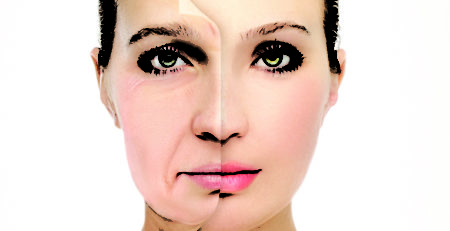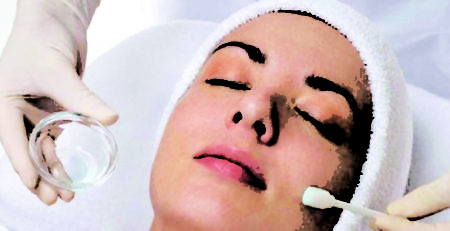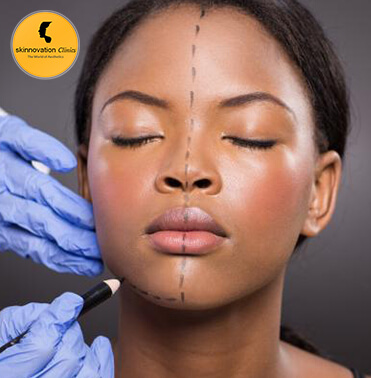Vitiligo – Causes, Types & Treatment
Vitiligo is a condition in which areas of skin lose their normal pigment and become white. It is fairly common, affecting about 1-2% of the world’s population. It can start at any age, but in about half of people affected it does so before 20 years of age. Its course is unpredictable, varying from single small patches to total loss of skin colour. In most people, it tends to progress slowly, with periods of stability often lasting several years.
One of the earliest historical references of Vitiligo can be found in the Rig Veda, where it is called “Kilas” which literally means similar to a white spotted deer.
It can affect any part of the body. Although it affects all races equally, it is more noticeable in dark-skinned people. Vitiligo is non-infectious and there is no credible evidence that proves that vitiligo can be caused due to some wrong dietary intake.
Causes of Vitiligo
The pigment that gives your skin its normal colour is called melanin and is made by cells known as melanocytes. In patches of vitiligo, the melanocytes are absent. The reason for this is not fully understood. However, vitiligo is considered to be an ‘autoimmune’ condition in which the body’s own immune system rejects some of its own cells (melanocytes in the case of vitiligo). As a result, thyroid disease and other autoimmune conditions are more common in individuals with vitiligo. There are multiple theories regarding causation of vitiligo apart from autoimmunity such as ‘Genetic predisposition’, ‘Intrinsic defect of Melanocytes’, ‘Neural Theory’, ‘Oxidative Stress’ etc. All these theories have some basis and some evidence in favour of them. However, inspite of decades of research, we still don’t know the exact causation of melanocyte destruction in vitiligo.
Types of Vitiligo
There are two principal types: Segmental Vitiligo and Non-Segmental Vitiligo. These both behave very differently and are practically different phenotypes.
Segmental Vitiligo or Unilateral Vitiligo
It tends to affect areas of skin that are supplied by a specific nerve root and is most often unilateral. Often seen on a leg, face or arm, they are also associated with whitening of hair. It generally has an early onset, often advances for a year or so and then stops. It generally responds well to surgical treatment as its stability is predictable.
Non-segmental Vitiligo
It could be focal or generalised. Focal is generally the evolving stage of Segmental or Generalised Vitiligo. Generalized Vitiligo or Vitiligo Vulgaris occurs on both sides of the body (right and left). It may begin on the hands, fingertips, wrists, around the eyes or mouth, or on the feet.
Individuals experience rapid loss of skin colour in the beginning, which then stops after a while, eventually leading to repeated colour loss. This cycle usually continues all through a person’s lifetime. During active stage, even trauma to skin might lead to depigmentation (Koebner’s Phenomenon). Colour loss tends to propagate, covering larger regions, thus increasing visibility. Acrofacial (involving tips of fingers and face) and Mucosal vitiligo (involving lips, genitalia) are also types of Generalised Non-Segmental vitiligo.
Treatment
Treatment of vitiligo consists of Medical (Systemic & Topical drugs), Phototherapy (NBUVB Phototherapy & PUVA) and Surgical modalities. The basic aim of therapy is twofold: arresting progress of whitening (Stabilisation) and promoting colour formation (Re-Pigmentation). Choice of treatment plan depends upon the extent, type and stage of vitiligo.
In case the disease is stable, non-progressive and not re-pigmenting with medical treatment, surgical methods are the treatments of choice. Traditional surgical procedures for vitiligo are Punch Grafting, Split-Thickness Skin Grafting and Suction Blister Epidermal Grafting. Compared to these methods, Melanocyte Transplantation has the distinct advantages of requiring a small piece of donor skin (about 1/4th to 1/10th the size of recipient patches) and resulting in a better colour match than other methods by providing pigmentation similar to that of surrounding skin.
Melanocyte Transplantation Surgery
Melanocyte transplantation is a surgical method which replenishes the melanocytes in the areas devoid of them.
Procedure:
- In this procedure, a thin, small piece of normally pigmented skin is obtained usually from the patient’s buttock/thigh.
- Normal functioning melanocytes are extracted from this piece of skin
- They are then made into a liquid suspension.
- This suspension is then applied to the white patches.
- The patches are covered with dressings for 7 days.
After a few days of surgery, Melanocytes start to proliferate and produce melanin which eventually covers the whole patch. Within a period of several weeks to months, natural looking pigment covers the patches, making them indiscernible from the surrounding skin. One is advised to apply certain medicated creams or start phototherapy (NB-UVB/Excimer) after 2-3 weeks of surgery to stimulate the melanocytes to produce pigment.
The procedure is done under local Anaesthesia and might take up to 1-3 hours depending on the area to be treated.
Melanocyte Transplantation is a specialized procedure requiring expertise, sophisticated techniques and devices. Hence should be carried out by trusted, reputed & experienced surgeons only. Skinnovation Clinics is one of the very few cosmetic centers conducting advanced treatments for vitiligo. Consult us today on 9251711711

















